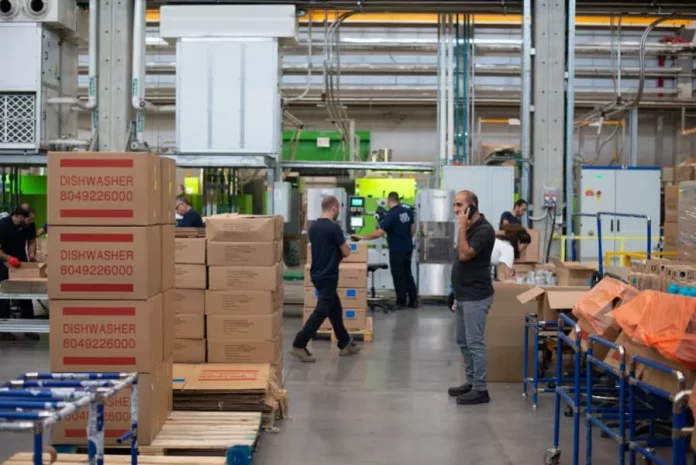A WMS software application was created to support and enhance warehouse functionality and distribution center management. A WMS allows the company to manage its products and inventory, so when the WMS system is connected with POS or eCommerce solutions, it provides an end-to-end view of inventory across the organization.
A warehouse management system is an integral piece of the warehouse operation, helping the company to receive and put away inventory, keep track of stock levels and movements, fulfill orders for customers, pack outbound shipments and handle returns.
WMS is a Software Application Created to Support and Enhance Warehouse Functionality and Distribution Center Management:
WMS allows you to manage your products, inventory, and operations more efficiently. Small and large companies can benefit from WMS as it provides an end-to-end view of inventory across the organization. In addition to providing real-time data that optimizes decision-making, WMS also streamlines business processes by connecting with POS or eCommerce solutions.
WMS Allows the Company to Manage Their Products and Inventory, So When the WMS System is Connected with POS or eCommerce Solutions, it Provides an End-to-End View of Inventory Across the Organization:
Warehouse Management System (WMS) is an inventory-management system used by companies with multiple warehouses or distribution centers. It allows businesses to track their products and stock at each location so that they can manage them effectively in real time.
WMS is used in warehouses and distribution centers with large quantities of inventory for sales across different channels. This type of system tracks all the information about your products, such as:
- Where was it stored?
- How much was produced or transported out of the warehouse?
- What kind of product is it (e.g., a product number)?
A WMS is an Integral Piece of the Warehouse Operation:
A WMS helps a warehouse operation receive and put away inventory, keep track of stock levels and movements, fulfill orders for customers, pack outbound shipments and handle returns. Using the system in conjunction with other information technology tools can help improve productivity by helping reduce errors made by staff members and streamline tasks.
The Main Functions of a WMS Include Space Management, Inventory Control, Labor Management, and Transaction Processing:
The WMS will help the warehouse manage its storage space efficiently. This means they can store their products in an organized manner so they can easily find them when needed.
The system also helps track the inventory and keeps track of how much product is available at any given time. The WMS provides accurate information about what items are not available or if some items need to be added to the inventory list because of theft or damage caused by a natural disaster such as a fire. This helps customers and suppliers know what stock level they have left before making orders again so they won’t run out of stock unexpectedly.
With a WMS Like Socket Mobile’s In-Aisle, Mobile Application, You Can Improve Your Business’ Efficiency by Bridging the Gap Between Productivity and Profitability:
A WMS software application allows you to manage your company’s products, inventory, and transactions. A WMS can be integrated with other WMS, or it may be used in-house. Managing and controlling inventory is not just essential but mandatory in today’s fast-paced, busy world. Companies have started using WMS to keep up with this market demand.
Conclusion:
A good WMS can help you improve your business’ efficiency by bridging the gap between productivity and profitability. A WMS works best when it is integrated with other systems in your organization, like customer relationship management (CRM), accounting software, or supply chain management systems. This allows for an end-to-end view of inventory across the company, from receiving to putting away products and fulfilling orders for customers.











![Citibank Review [Checking, Credit Cards, Loans, Savings] Citibank building](https://www.moneytaskforce.com/wp-content/uploads/2019/11/Citibank-Building-100x70.jpg)
